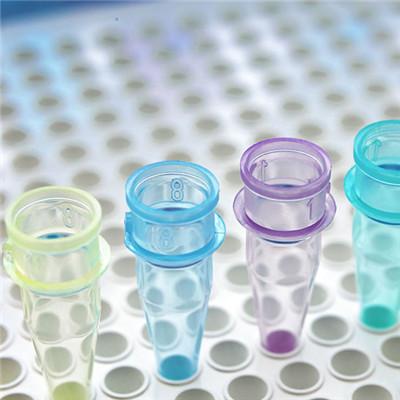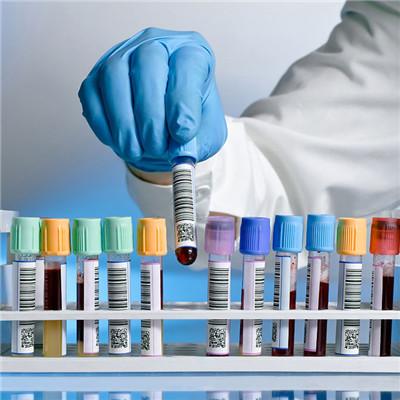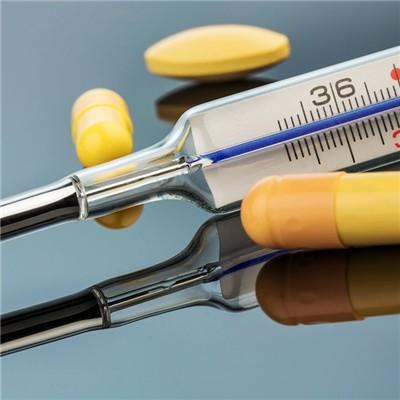Early symptoms of childhood leukemia?
summary
In fact, childhood leukemia is not an incurable disease. Now more than 80% of childhood leukemia can be cured, but parents still need to find out in time. What clues can parents find out if their child has leukemia? So let's understand the early symptoms of childhood leukemia??
Early symptoms of childhood leukemia?
First: most children with acute leukemia onset more acute, early performance for fever, anemia and bleeding. As mentioned earlier, Binbin was treated with fever and anemia as the first symptoms. Children with leukemia often have fever at the onset, which can be low fever (37.5 ℃ ~ 38.0 ℃), irregular fever, or persistent high fever. One of the causes of fever is tumor fever, that is, leukemic cells themselves release pyrogens, causing body temperature rise; Another reason is secondary infection. The forms of infection are complex and diverse, including pneumonia, gastroenteritis, pyelonephritis, skin furuncle, oral ulcer, and even dangerous sepsis. This is because of leukaemia in children with normal leucopenia, the ability to defense against infection caused by decline. When children have fever of unknown origin or repeated treatment of infectious diseases with poor results, parents should be vigilant, because the alarm of leukemia has been sounded.

Second: like fever, anemia is also a common symptom in children with leukemia. Bone marrow is the most important hematopoietic organ in the human body. When the hematopoietic system fails, the problem is that the bone marrow is occupied by a large number of leukemia cells“ When the "base area" is occupied, the "combat effectiveness" will naturally be greatly weakened. Therefore, there will be red blood cells and hemoglobin production capacity to reduce or even disappear, resulting in varying degrees of anemia. In the early stage of anemia, it is often manifested as pale face, dizziness, shortness of breath, tinnitus, and facial edema. These signs will become more and more serious, and the general health care drugs for nourishing blood and Qi do not work at all. Here, I would like to remind parents that children and adolescents in the vigorous growth stage are prone to iron deficiency anemia and anemia symptoms due to pickiness. However, after the reasonable adjustment of diet and timely supplement of iron, we will soon be able to get rid of the disease. However, anemia caused by leukemia, if not through radical chemotherapy, its symptoms will only get worse.

Third: anemia is a hidden slow pathological process, it is not easy to cause parents' vigilance, but the fierce bleeding symptoms are bound to cause parents' fear. In the whole course of leukemia in children, almost all children will have varying degrees of bleeding. 40% ~ 70% of the children have bleeding at the onset. The most common sites of bleeding are skin and mucous membrane, often manifested as skin bleeding points or ecchymosis, nosebleed, gingival bleeding, oral tongue bleb, etc. older girls can also show menorrhagia. Severe cases of children with visceral hemorrhage, such as hematemesis, expectoration, black stool, hematuria, and so on, some even due to fundus hemorrhage leading to vision loss and blindness, a very small number of children died suddenly due to subarachnoid hemorrhage. The occurrence of hemorrhage is related to the invasion of leukemic cells into normal bone marrow, resulting in abnormal quality and quantity of platelets.

matters needing attention
Seeing this, many parents must have known it. If the child has one or more of the symptoms mentioned above, be sure to take the child to the hospital for examination. The diagnosis of leukemia is not difficult, peripheral blood examination (finger pricking) found that the white blood cell count increased significantly, and under the microscope to see immature cells, should consider the possibility of suffering from this disease, further bone marrow smear examination can be clear. Bone marrow examination is not only the gold standard for the diagnosis of the disease, but also helps doctors to distinguish the specific types of leukemia, so as to choose the appropriate treatment.


















